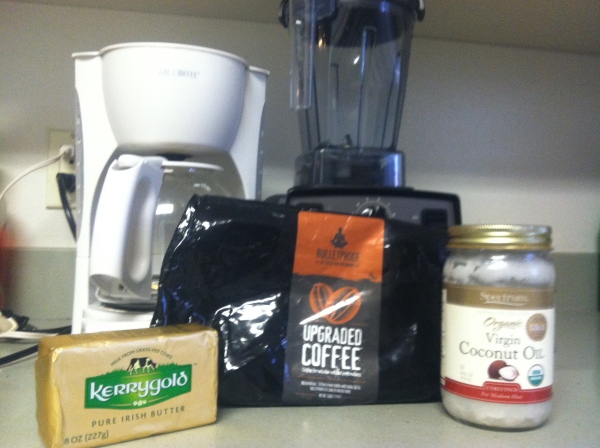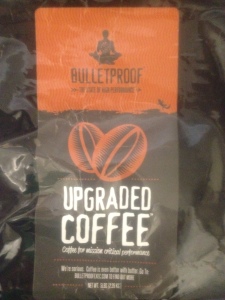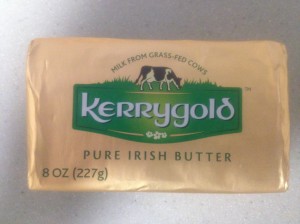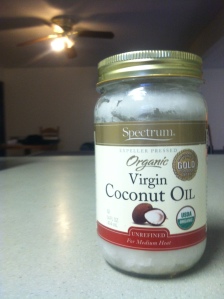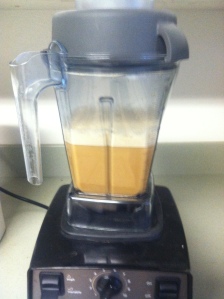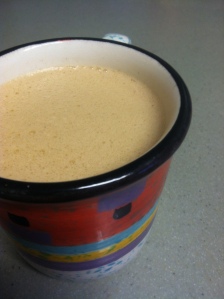 Here at Optimized and Energized we are all about the success of students and the making sure they have the right tools at their disposal. I decided to get in touch with one student who has decided to make a life out of striving to healthy, fit, and optimized all while continuing his education. Bart Firch, a kinesiology student at California State University Sacramento, has spent many years optimizing himself through diet, fitness, and mindfulness. He is a certified personal trainer, a certified yoga instructor, and has done research on and practiced healthy eating habits for many years. I wanted to find out how Bart become so involved in his own personal health as well as helping others reach their own fitness goals.
Here at Optimized and Energized we are all about the success of students and the making sure they have the right tools at their disposal. I decided to get in touch with one student who has decided to make a life out of striving to healthy, fit, and optimized all while continuing his education. Bart Firch, a kinesiology student at California State University Sacramento, has spent many years optimizing himself through diet, fitness, and mindfulness. He is a certified personal trainer, a certified yoga instructor, and has done research on and practiced healthy eating habits for many years. I wanted to find out how Bart become so involved in his own personal health as well as helping others reach their own fitness goals.
O&E: What first got you interested in health and fitness?
Bart: Well, I fist started working as a personal trainer at California Family Fitness my junior year of high school. Around that same time I started doing more and more yoga because of the way it made me feel and the awesome results I began to see. I decided to get certified and began teaching when I got to college. After high school I stopped personal training and focused just on yoga and school. I’ve worked at a few studios in the area and even help start one up. As for eating right I quickly realized at a young age that eating right was the only way to go.
O&E: Do you follow any sort of strict diet?
Bart: I mean I like to eat as primal as I can. Eating primal or paleo is basically like eating as a caveman would. I try to cut out gluten when I can and I try to eat a lot of grass-fed meats and organic vegetables. A lot of students think it’s harder to eat like this when you’re in school full-time but once you find a few things you like and know how to make it becomes easier.
O&E: What kind of tips do you have for college students looking to get healthier while balancing busy school schedules.
Bart: My best advice would be to start by eating right. Diet is a personal thing so I would say do some research online to figure out which diet will help you reach what ever goal you have set for yourself. After that I would say find a class to take whether its yoga or kickboxing or anything really. You can probably find a relatively inexpensive plan that fits your schedule at your schools athletic complex. classes are great because they usually only last an hour and you get to work with a group. I teach 3 yoga classes a week on campus and I get students telling me how much they love it all the time. 





